#native trees
Text
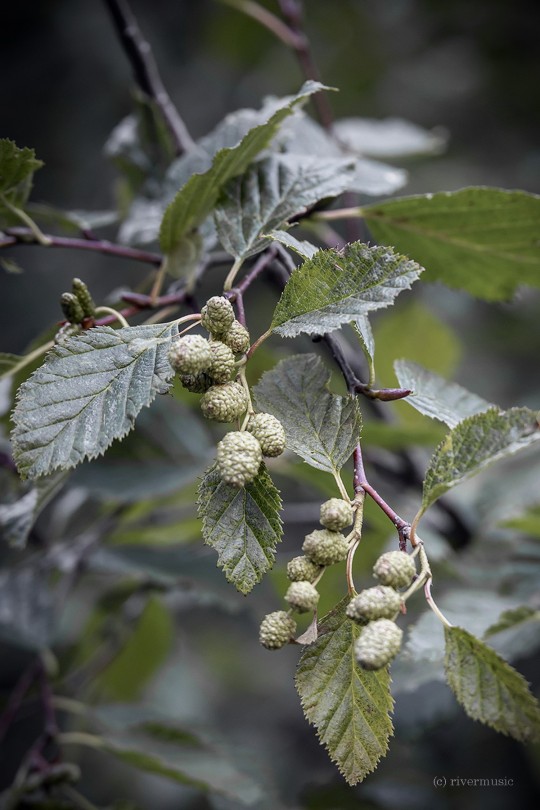
Green Alder, (Alnus alnobetula) with new cones, heads into Autumn
(c) riverwindphotography, September 2023
276 notes
·
View notes
Text
Things of dire importance about Outside in no particular order:
butterflies and many other beneficial insects spend the winter hibernating in fallen leaves. Please try to avoid shredding them, burning them, or God forbid, sending them to a landfill.
fallen leaves make amazing mulch and compost and getting rid of them is Incredible Folly
it is fine and normal for your plants' leaves to be munched on a little bit by bugs. if you plant a native flower, there's probably a butterfly or moth species whose caterpillars eat it for food. The babies have to eat okay. It's natural! It's good!
mushrooms=good. It is not a problem to have mushrooms in your yard. Most plants are in symbiotic relationships with fungi, that's how they get most of their phosphorous and nitrogen.
At least in the USA, no mushroom will poison you just by touch (barring allergies or some sensitivity like that I guess?). Unless you eat them, mushrooms will not hurt you.
If you happen to have a stream running through or alongside your property, do NOT mow right up to the edge. Plant moisture-loving trees, shrubs and plants to form a buffer zone. This helps stop harmful chemicals and pollutants from going into the water, prevents the stream bank from eroding, helps mitigate the risk of flash flooding, and creates absolutely essential habitat for some of the world's most at-risk creatures.
Trees can usually be planted as close as 6-10 feet apart from each other, but large trees should be kept 25+ feet from structures and septic tanks. Landscapers regularly plant trees WAY too close to structures.
Most butterflies and moths depend on specific plants for food for their caterpillars, hence the importance of native plants.
Many important bees hibernate over the winter in logs and stumps. Logs and stumps are good!
Acorns are ripe when they have fallen to the ground, they are brown and their little hats have popped off. If you rummage around in leaves under oak trees in October or so, you may find acorns that have already begun sprouting. You can put it in a pot and grow a new oak tree. (Sprout side down-that's the root!) It's so easy it feels illegal.
This is not true of some oak species, specifically white oaks (the ones with rounded lobes on their leaves- that's the simplified explanation). Their acorns have to experience a few months of cold before they sprout, so they will sprout in the spring, not fall. (Edit: I got it mixed up, it's red oaks that need cold to sprout and white oaks are the ones that can sprout immediately! Oops)
SO MUCH STUFF is going to seed right around the time that the leaves are falling. You can gather seeds from plenty of wildflowers along basically any weedy path or roadside.
thats all i've got for now
1K notes
·
View notes
Text
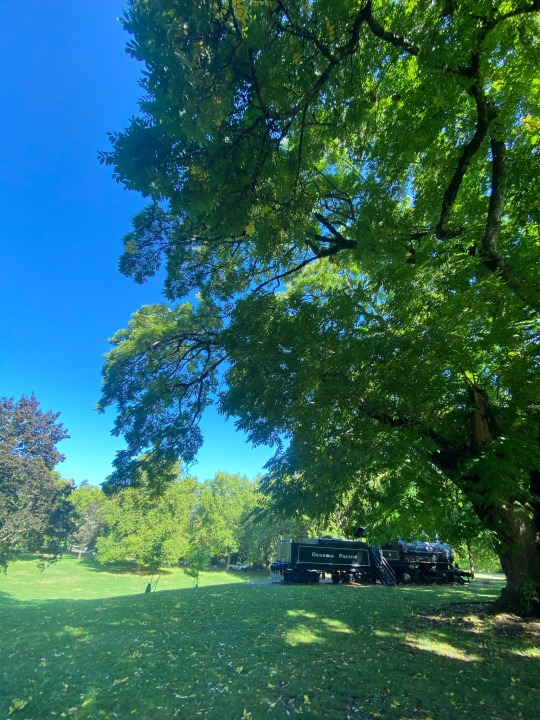
picnic in the park..
while the felling of old growth fir may not find favor in retrospect their unique characteristics can still be appreciated..this table is 85 ft 10 in long about 4 in thick and some 36 in wide..one of six sawn from the same log by Hull & Oaks in the mid 80s..
167 notes
·
View notes
Text






#naturecore#nature#walking in nature#forestcore#forest#natural#mushrooms#mushies#ferns#trees and forests#native trees#trees#pine trees#greencore#nature aesthetic#aesthetic#forest floor
66 notes
·
View notes
Text
Get Along
Collab with BBC Earth, Rewriting Extinction in association with Moondance Foundation
Ever felt… out of place? 🤨 Some trees feel the same way! Let’s plant native trees where they belong, so they can grow up to be strong, carbon-storing forests that work in perfect synergy! 🌳
Learn more about #OurGreenPlanet with BBC Earth and Rewriting Extinction.
Watch the animated version by Cut the Mustard here.

View On WordPress
#bbc#bbc earth#comics#comicsofinstagram#Comicstrip#future forest#moondance foundation#native trees#nature#our planet#plant more trees#reforestation#REWRITING EXTINCTION#save trees#tree#tree plantation#treehugger#trees#war and peas
829 notes
·
View notes
Text
Happy International Day of Forests!
May every forest flourish in its unique diversity, providing diverse ecosystems and homes for all wildlife , oxygen for everyone, and sustain all life on earth - and may people, all humans wake up to their inherent worth and value, and protect them - and all native trees everywhere - from being cleared in the arrogance of anthropocentrism.
#Forests#International Day of Forests#Earth#21st March 2024#International Day of Forests 2024#International Day of Forests 21st March 2024#Nature#Trees#Ecosystems#Wildlife#Keep your native trees#Plants#Keep your native plants#Native plants#Native trees
36 notes
·
View notes
Text
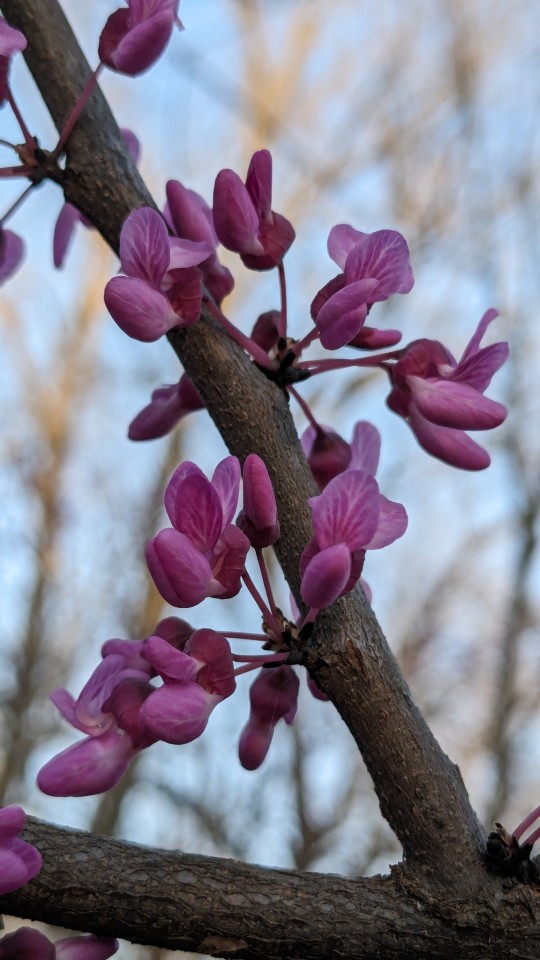
Eastern Redbud Tree
Cercis canadensis
This small tree in the legume family showcases lovely pink blooms in spring and is native to much of eastern North America. They grow in a variety of habitats, but prefer well-drained slopes in woods without many other plants to compete with. Its flowers are pollinated by carpenter bees and other bees with long tongues, and the leaves provide food for several caterpillar and moth species. The flowers on this tree are also edible and contain beneficial anthocyanins, a group of antioxidants.
March 19th, 2024
St. Charles County, Missouri, USA
Olivia R. Myers
@oliviarosaline
#botany#legumes#trees#plants#fabaceae#cercis#flowering trees#redbud#eastern redbud#native plants#native trees#woods#Missouri#Cercideae#naturecore#nature#forest#cottagecore#fairycore#foraging#forage#wildflowers#wild foods#ecology#flowers#nature photography#flower photography#plant photography#spring#Cercis canadensis
45 notes
·
View notes
Photo
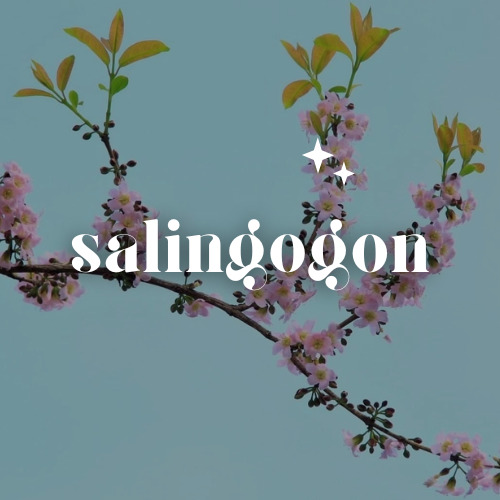

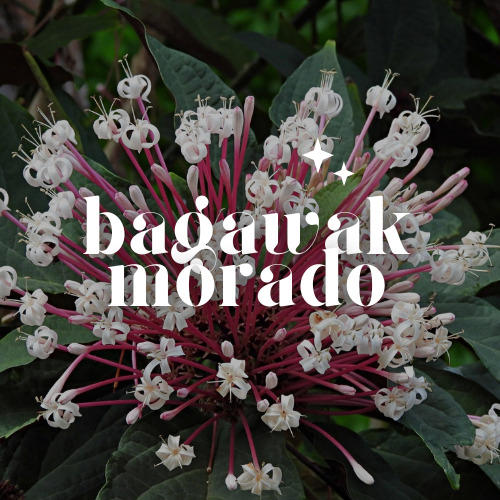

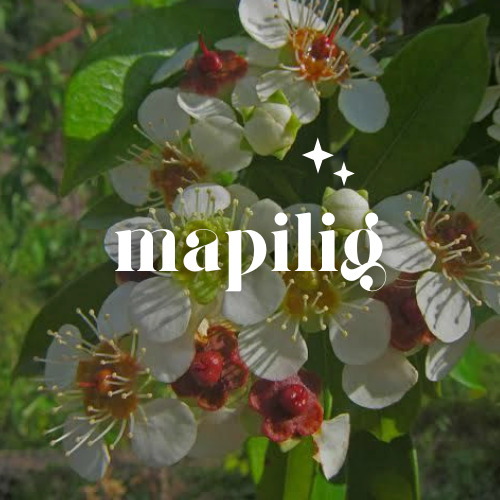
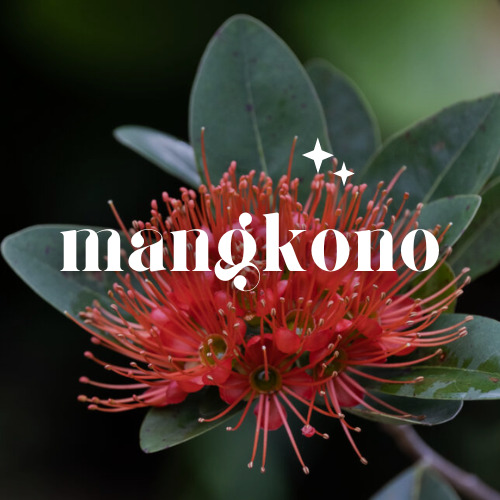

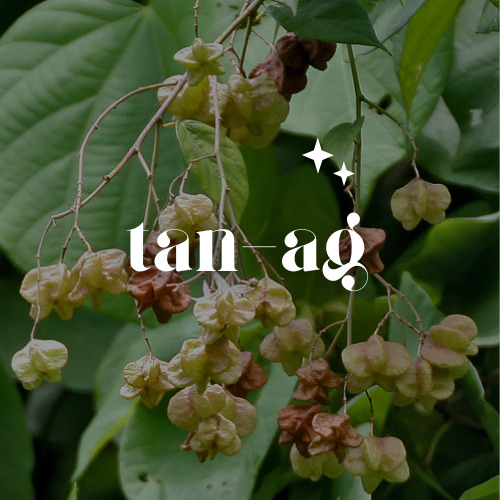
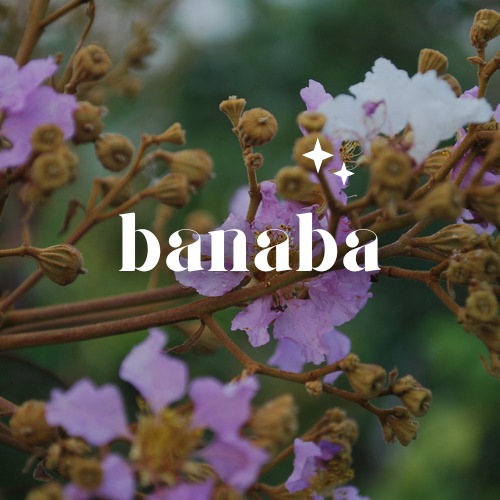
Ilan lamang ang mga ito sa magagandang puno sa Pilipinas. Paborito ko siguro rito ang Salingogon at Banaba. Mukha silang Cherry Blossoms at Wisteria.
101 notes
·
View notes
Text
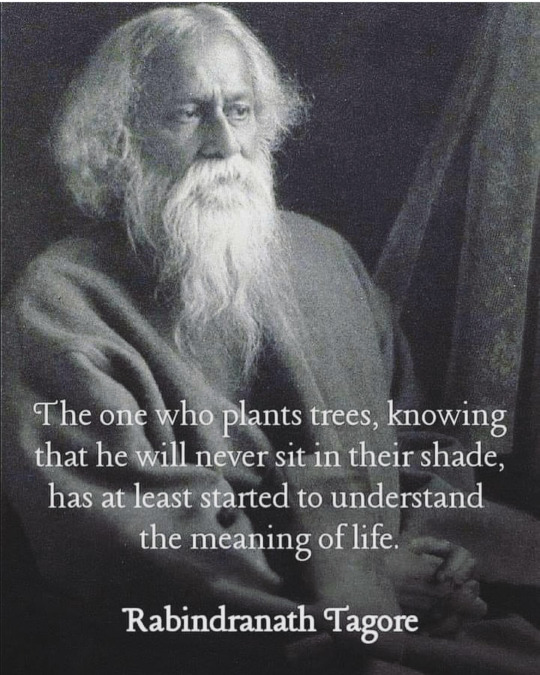
48 notes
·
View notes
Text

the hazel tree in winter (laurablackwoodart)
118 notes
·
View notes
Text
How bad are invasive plants for birds? Research suggests large-scale removal may not have intended benefits
In a new study published in the journal Biological Invasions, researchers in Connecticut, U.S. show that some of the most vilified invasive plants in northeastern U.S. forests may actually be of comparable value to native plants as foraging resources for insectivorous birds, and large-scale invasive plant removal on behalf of these birds may not have the intended benefits.
The research team from Great Hollow Nature Preserve and Ecological Research Center (New Fairfield, CT, U.S.) and Wesleyan University (Middletown, CT, U.S.) conducted a large-scale bird-exclusion experiment in which they compared arthropod biomass and bird foraging intensity among four species of non-native, invasive woody plants and six of the most dominant native species in an 800-acre forest preserve in western Connecticut.
They also measured the protein content (percent elemental nitrogen) of the arthropods on these plants as an indicator of food quality since protein strongly mediates food selection by breeding birds and is critical to offspring development. The study involved the collection, identification, and isotopic analysis of more than 17,000 arthropods from the branches of 240 trees and shrubs, half of which were covered with bird-exclusion netting.
#invasive species#invasive plants#connecticut#research#ecology#environment#native plants#native trees#botany#birds#insects#biology
7 notes
·
View notes
Text

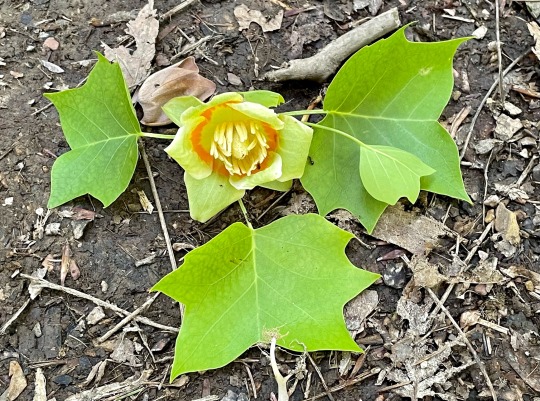
Tulip poplar blooms, Liriodendron tulipifera. They bloom at the same time as the black locusts in the woods here.
181 notes
·
View notes
Text

Crataegus marshallii / Parsley Hawthorn at the Sarah P. Duke Gardens at Duke University in Durham, NC
#This may be one of my new favorite trees#Despite the fact that it apparently has thorns at times#Crataegus marshallii#Crataegus#Rosaceae#Parsley Hawthorn#Parsley haw#Hawthorn#Native plants#Native flowers#Native trees#Plants#Flowers#Trees#Nature photography#photographers on tumblr#Sarah P. Duke Gardens#Duke Gardens#Duke University#Durham#Durham NC#North Carolina
2 notes
·
View notes
Text


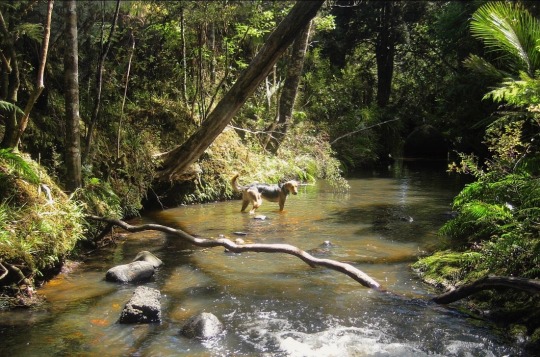
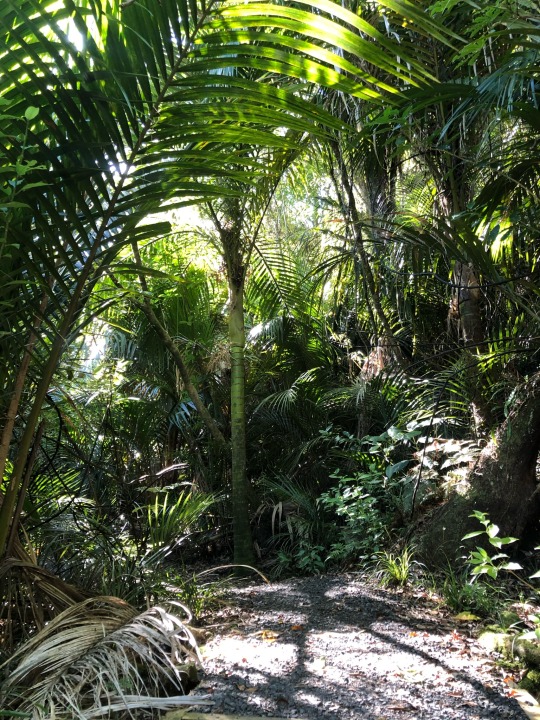
#nature#naturecore#cottagecore#walking in nature#forestcore#forest#natural#flora and fauna#native trees#pond#dogs of tumblr#dog#bush#bush walk#trees and forests#stairs#staircase
20 notes
·
View notes
Text
youtube
We’ve decided to cut down 100s of trees to save a very special habitat... 🏴
🌳 To support our work you can become a member here: https://mossy.earth
MOSSY EARTH MEMBERSHIP
===============================
The rewilding membership that restores nature across a wide range of ecosystems.
🌲 Support a diversity of ecosystems
🐺 Rewild habitats to bring back biodiversity
🦫 Fund neglected species & ecosystems
Learn more and become a member here: https://mossy.earth
💪 OUR PARTNERS IN THIS VIDEO
===============================
ARKAIG Community Forest: https://arkaig.org/
⏱️TIMESTAMPS⏱️
00:00 Intro
1:10 Our Project Area
2:40 The Skipinnish Oak
4:15 Why we are cutting down a forest
6:02 A Temperate Rainforest
8:06 Mapping the site
🔎 ABOUT THIS PROJECT
===============================
Scotland possesses some of the richest examples in Europe of a rare biome - temperate rainforest. Despite this, there are only thought to be around 30,000 hectares of woodland that have rainforest biodiversity left within the rainforest zone, an area that stretches along the west coast and is characterised by its wet climate. The zone currently holds approximately 93,000 hectares of semi-natural woodland that could potentially harbour this diversity. Ancient or old growth woodlands are the best places to start protecting, expanding and managing this declining habitat.
Find out more about this project here: https://www.mossy.earth/projects/temp...
#mossy earth#solarpunk#scotland#rewilding#reforestation#deforestation#native trees#invasive trees#native plants#invasive plants#Skipinnish Oak#Temperate Rainforest#invasive species#native species#Youtube
2 notes
·
View notes
Text
guess what time it is!!!
It's persimmon time!!!
October 8th, 2023! First American persimmons we've found this year!

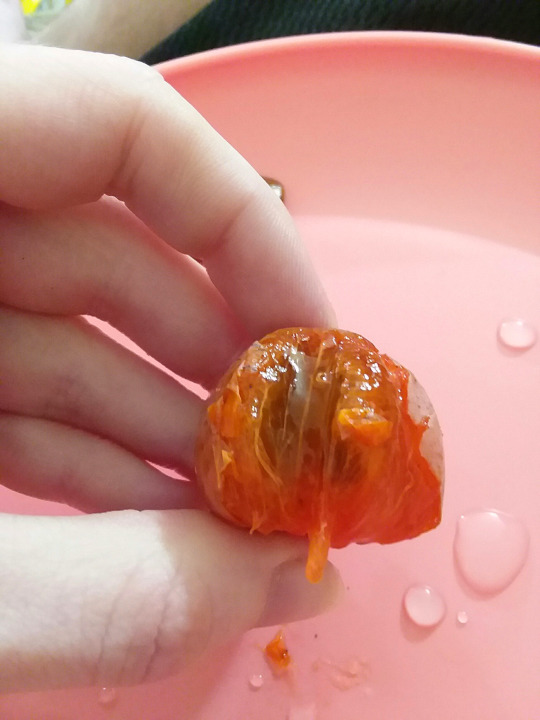
[ID: Two photos. The first shows a ripe American persimmon from above, sitting in the lid of a paper egg carton, above a small paper "free ruler", showing the fruit is almost an inch and a half wide, or three and a half centimeters. The fruit opaque pink, with darker orange showing through in some parts.
The next photo shows the fruit after being bitten into, showing the dark orange, transluscent flesh, with a darker brown section showing a seed inside. There is a pink plate in the background with drops of water on it.
End ID.]
They're delicious btw. And free. Save egg cartons.
Check this map to see if there's anyone's found any near you yet!
The colors don't show up very well with my phone camera nor my actual camera, but you will know the fruits are ripe and ready to eat when they gain a pink color, rather than orange! If you find orange ones, sit them on the counter for a few days to ripen :)
Pull off the cap, and the tiny little twig thing at the bottom before eating, and rinse well, obviously. The seeds should not be eaten, but they are surrounded with edible pulp you can scrape off with your teeth and then spit the seeds out.
And then plant the seeds twice as deep as they are tall, and you'll get seedlings in Spring :)
If you find fruit too smushed to eat, and you don't mind getting your hands dirty, take it and throw it into the woods away from the parent tree so more will grow :) Or just take it home to plant at your house in the ground or containers!
If starting seeds in containers, it's best if you start them in as big a container as you have, with good quality potting soil. If you've got good soil, and get lucky, your seedling can grow six feet tall in its first year! Literally! I didn't believe it either!
#Rjalker takes pictures#American persimmon#common persimmon#diospyros virginiana#diospyros#wild foraging#wild edibles#wild fruit#fruit#native trees#I can't think of any more tags#described images
2 notes
·
View notes